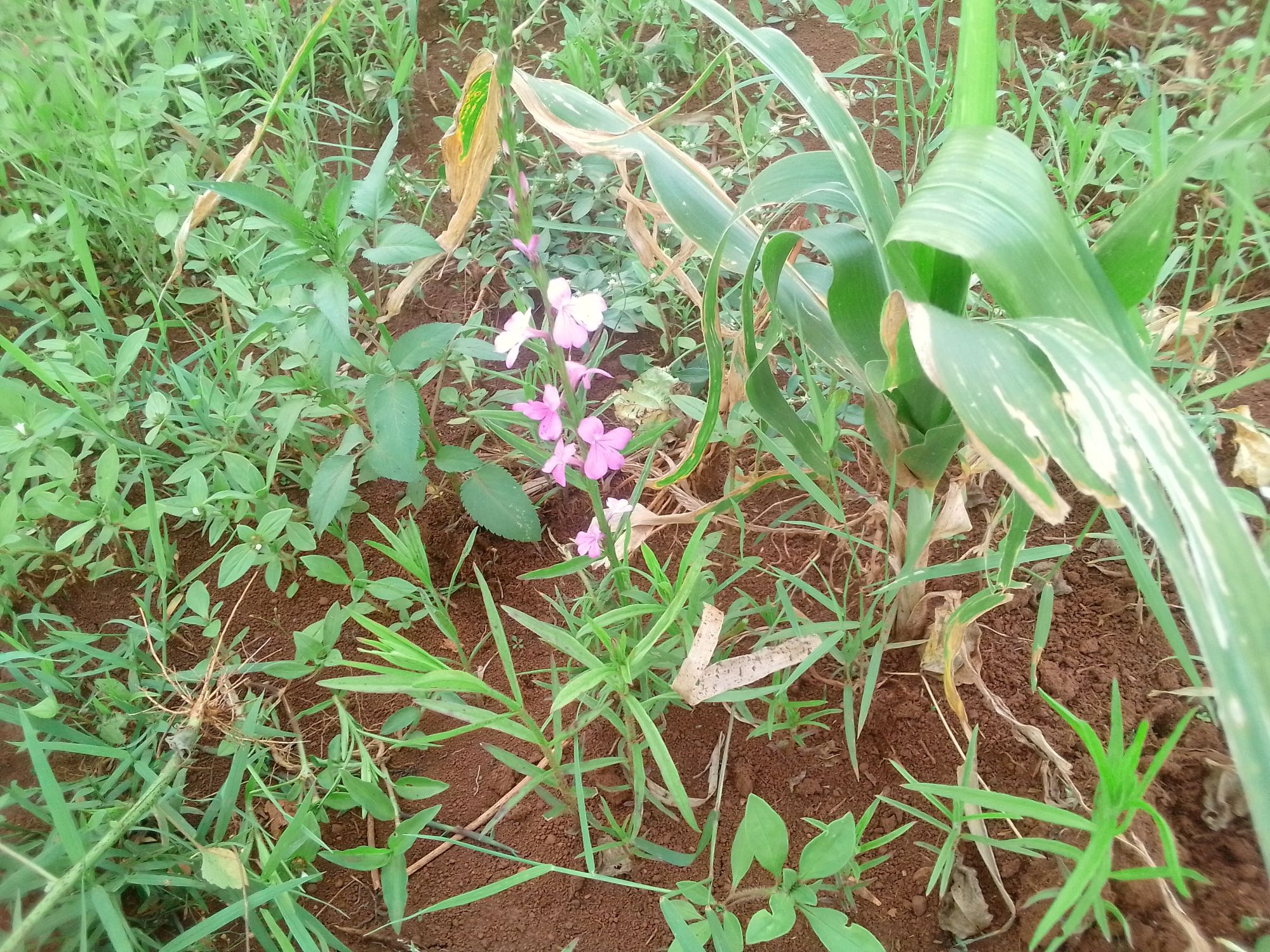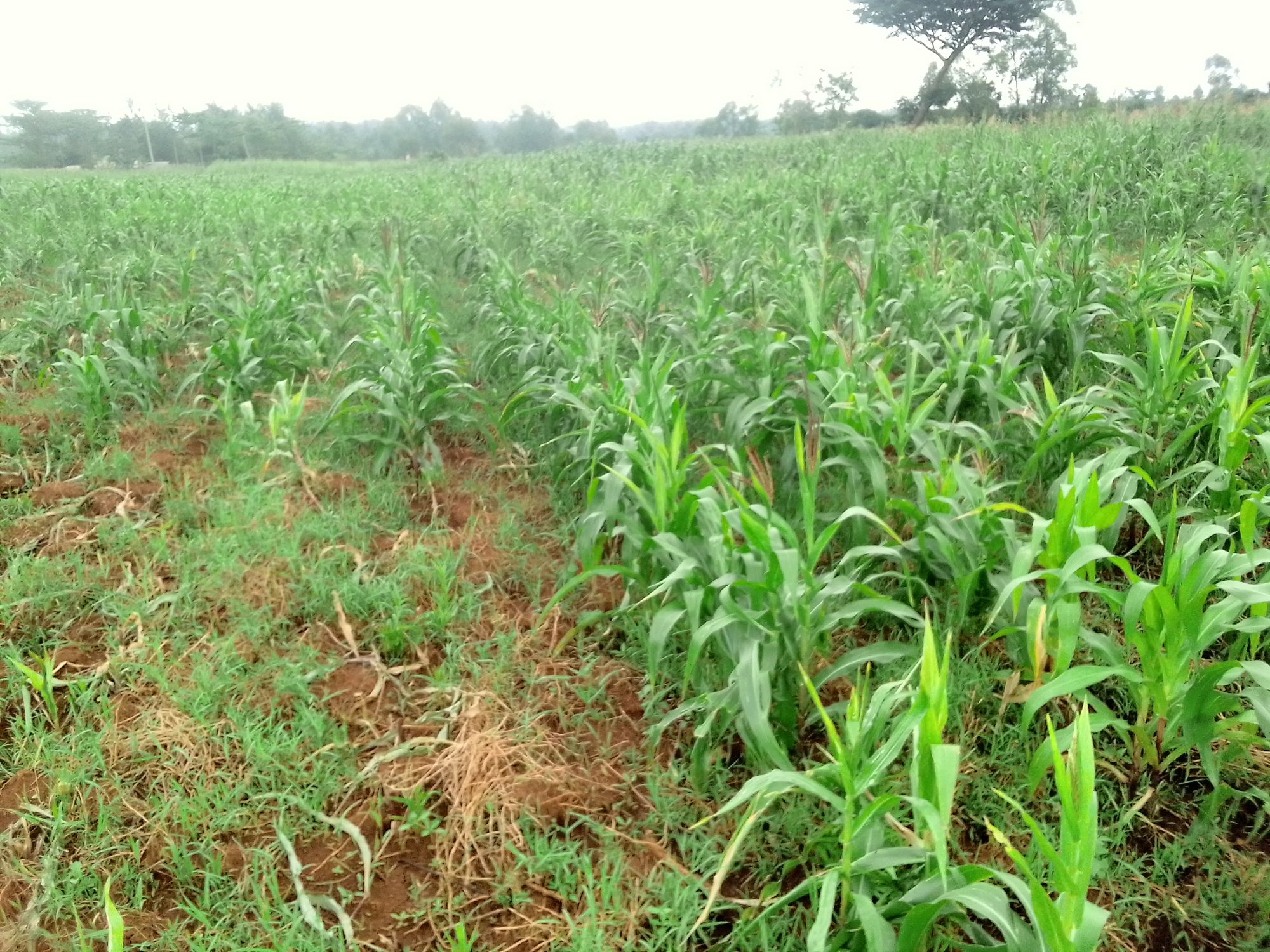
Striga or witch weed, or luyongo as it’s popularly known among the Luhya, or in scientific circles, striga hermontheca, is a farmer’s worst nightmare. Ask any maize farmer and they will tell you.
Coming from a maize growing area, I can tell you I’ve seen first hand the pain that little plant with its pretty pink flowers has caused farmers. People have suffered immense losses after it invaded their farms. Even now as I’m writing this, I know farmers who are hurting, who have given up on their farms because of the weed.
I know this particular, once a very passionate farmer who is today too embarrassed to even check on his half acre farm because of the pity stares and sentiments from passerby and fellow farmers. It’s heartbreaking watching his farm considering the effort and resources he put in. He had a tractor do the cultivation, had the “mbolea ya serikali”, the government’s subsidized fertilizers for both planting and topdressing, had the maize foliar sprayed, not forgetting the weeding, of cause all of which cost money. And then no yield at the end of the day. It’s the neighbors now laughing in his farm, cutting the crop for their livestock feed. All this because of striga weed! And this is the reason I’m doing this post, to help farmers fight this weed.

Managing striga is a major challenge, especially in cereal crop production, not only in Kenya but across sub-Saharan Africa. Striga is a parasitic plant that attaches to the roots of crops like maize, sorghum, millet, and rice, stealing water and nutrients. It’s notorious for causing up to 100% yield loss if not properly managed.
Striga weed management
To effectively control Striga, you need to use an integrated approach, combining both biological, mechanical, cultural and chemical methods.
i) Cultural Control
- Crop rotation: Rotate with non-host crops like legumes e.g cowpeas, groundnuts, soybean, or green grams to reduce the Striga seed bank in the soil.
- Inter-cropping: Intercrop cereals with legumes. Legumes not only improve soil nitrogen but can also help stimulate striga germination without providing a host, causing the weed to die. It is a process known as suicidal germination.
- Early planting: Helps the main crop establish before striga weed can significantly affect it.
- Use of trap crops: Crops like Desmodium or sunflower can stimulate Striga germination but don’t allow it to attach, reducing seed banks.
- Field sanitation: Remove and burn Striga plants before they flower and set seeds.
ii) Resistant/Tolerant Crop Varieties
Plant Striga-resistant or tolerant varieties of maize, sorghum, or millet.
iii) Biological Control
In biological control, fungi like Fusarium oxysporum are used. These have been developed to specifically infect and kill Striga. Striga-specific strains e.g Foxy T14 are promising. Mycoherbicides: these are bioherbicides made from natural pathogens of Striga.
iv) Chemical Control
In chemical control, herbicides can be used such as:
- Pre-emergent herbicides: Applied before Striga emerges.
- Herbicide seed coating: With Imazapyr for IR maize. The crop is resistant, but the herbicide kills Striga when it tries to attach.
- Spot spraying: Glyphosate or 2,4-D on emerged Striga, taking care not to harm the main crop.
v) Soil Fertility Management
Another important thing is ensuring your soils are healthy as in make sure they are fertile. Have your soils tested to know what they need. Add nitrogen and organic matter as striga thrives in nutrient-poor soils. Improving fertility e.g using manure, compost, or nitrogen fertilizers can reduce infestation. Use of phosphorus and potassium as well can also help crops better tolerate Striga.
vi) Mechanical Control
You can apply Hand-pulling as a method which is effective in small fields but must be done before flowering to prevent seed production. Destroy the pulled weeds away from the field.
Tillage: Deep plowing during cultivation can bury striga seeds deep where they can’t germinate.

I believe the above methods can help farmers manage striga in their farms and prevent loses. Choose one that works for you. But it’s advisable to integrate all of them if the infestation is high. Otherwise use mechanical control method like hand pulling each time you see one, instead of waiting until it has flowered and started producing seeds.
Use chemical control method by applying herbicides if you have to and if you have to. Or biological method if you have the resources.
But at the end of the day, the most important methods you can apply as a farmer in your effort to manage the striga menace is to use this three that don’t require much: Cultural control method by doing crop rotation, inter-cropping, early planting, and field sanitation; planting resistant varieties and managing the soil fertility of your farm are the most important.
I hope this post helps a farmer somewhere. And if you get to read this post, kindly leave your feedback in the comment section. Good luck to you and I hope you win and striga loses for your prosperity and that of your dependents.

Disclosure: This banner contains an affiliate link. I may earn a commission if you purchase through it, at no extra cost to you.
